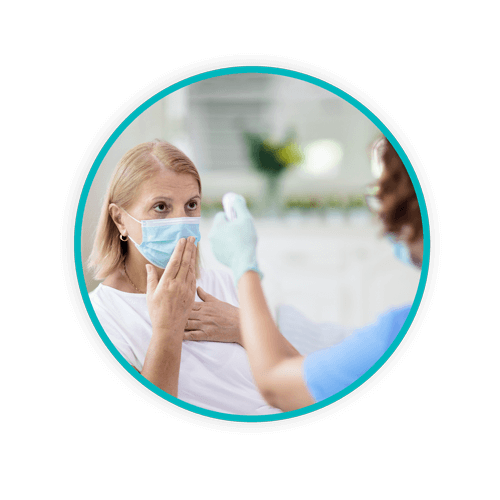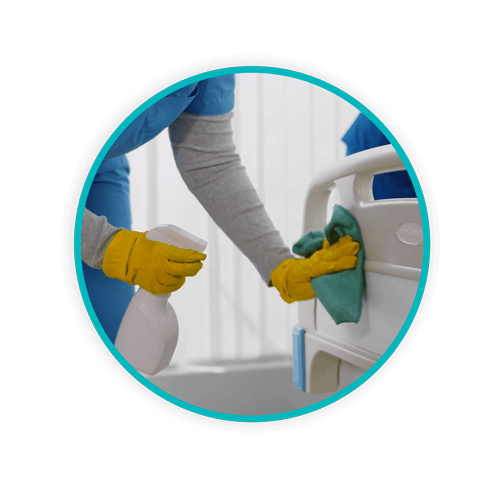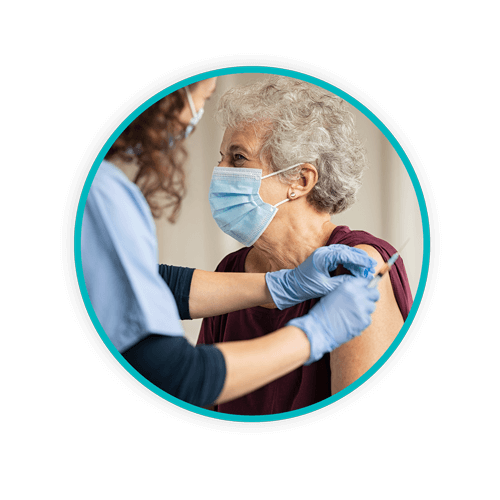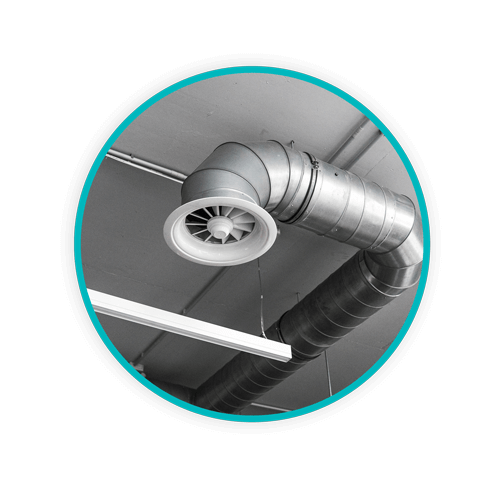Top 9 Nursing Home Infection Control Techniques

For patients and staff alike, the greatest threat to healthcare facilities is the failure to prevent and control infection risks. Infection control is a top priority for all clinical facilities across the country: so, let’s review the basics of infection control.
If you work in a healthcare setting, you understand better than most that infection control is paramount. Why? Prevention and control are critical to protecting the health and safety of your caregivers and patients.
Talk to an expert about infection control and waste management today!
9 techniques to enhance infection control:
1 / Taking A Holistic Approach
2 / Create an Infection Control Policy
3 / Screen Patients and Isolate Contagion
4 / Education, Education, Education!
5 / Use PPE (Personal Protective Equipment)
9 / Protecting Medical and Healthcare Staff and Patients from Infection

1. Taking A Holistic Approach
The entire healthcare facility is accountable for supporting an infection prevention program, not just infection preventionists. Every interaction across departments can increase or decrease cross-contamination and infection risks. The pandemic has put a spotlight on how previously innocuous interactions and events can contribute to increased infection risks.
2. Create an Infection Control Policy 
An infection control policy details which patients have the highest risks for contracting or passing along Healthcare Associated Infections (HAIs). The policy should include information for when patients should be placed on isolation precautions, or otherwise prevented from making contact with other patients and staff.

3. Screen Patients and Isolate contagious individuals
Highly contagious patients, or patients with a contractable virus should be identified as early as possible. An example of this is testing for Clostridium Difficile, a virus which can be life-threatening.

4. Education, Education, Education!
Education is key for infection control in healthcare settings. Your organization should provide continuous education and training to staff on infection control. Education should include training on bloodborne pathogens, which can be contracted via needlestick injuries.
 5. Use PPE (Personal Protective Equipment)
5. Use PPE (Personal Protective Equipment)
PPE has always been critical in healthcare settings, and the COVID-19 pandemic has underscored its importance. This includes but is not limited to masks and face shields, aprons, and gloves. Masks help prevent the spread of droplet-borne pathogens, and gloves are useful when coming into contact with blood or bodily fluids. There are four levels of PPE depending on the tasks preformed. Find out more about PPE for COVID-19 here.
Isolation-appropriate protective equipment includes waterproof aprons, gloves, shoe covers, face shields and masks. If patients have a contagious illness, appropriate isolation equipment should be readily available for use.
 6. Avoid Cross Contamination
6. Avoid Cross Contamination
Utilize proper disposal techniques and containers to reduce risk of cross-contamination and spreading of bacteria. Between patients, rooms should be disinfected and sanitized. This will prevent transmission of infection between patients. Staff should properly sanitize & clean linens, and linens should not be left on patients’ beds for extended periods. In addition to this, although it might seem simple, hand hygiene is still a major part of infection control. In the wake of COVID-19, handwashing was highly advised to help prevent the spread of the virus. Here are some tips from the CDC regarding hand washing techniques.
 7. Vaccinations
7. Vaccinations
Infection preventionists note that medical staff themselves may sometimes be the cause of the spread of healthcare-associated infections due to their close contact with patients with different diseases. This means that medical practices should routinely administer recommended vaccinations to their staff. You can access the CDC recommendations for COVID-specific vaccinations here. It might be challenging to tell the difference between some post-vaccination signs and symptoms from signs and symptoms of COVID-19 or other infectious diseases.

8. Ventilation
Improvements to building ventilation can reduce the spread of disease and lower the risk of exposure to HAIs. This method of infection control has been highlighted during the COVID-19 pandemic.
9. Protecting Medical and Healthcare Staff and Patients from Infection 
One of the driving factors behind stringent infection control is the waste management and protection of those who are in contact with biohazardous waste. Measures to protect the workers who generate and handle medical waste include:
- Fit-for-Purpose and non-contact bins for the collection of infectious waste
- Following OSHA guidelines for discarding regulated medical-waste items
- Employing waste handling practices that minimize the "touches" of infectious waste and its outer packaging
- Tamper-proof containment before collection, ensuring waste is sealed in leakproof packaging
-
Waste Consolidation and readiness for storage and transport that minimizes risk of spillage and cross-contamination
Refer to the CDC's guidelines for Environmental Infection Control in Health-Care Facilities to understand the regulations that govern medical waste generated in medical facilities and how to achieve best-practice.
Daniels Health products, education, and resources provide valuable, sustainable, cost-effective, and most importantly, compliant protection and guidelines for healthcare facilities. With containers and services designed to minimize infection control risk and protect frontline healthcare workers in the generation, packaging and movement of infectious waste, Daniels Health is recognized as the national leader of clinically designed waste services. For more information on who we are and what we do, call us today.
